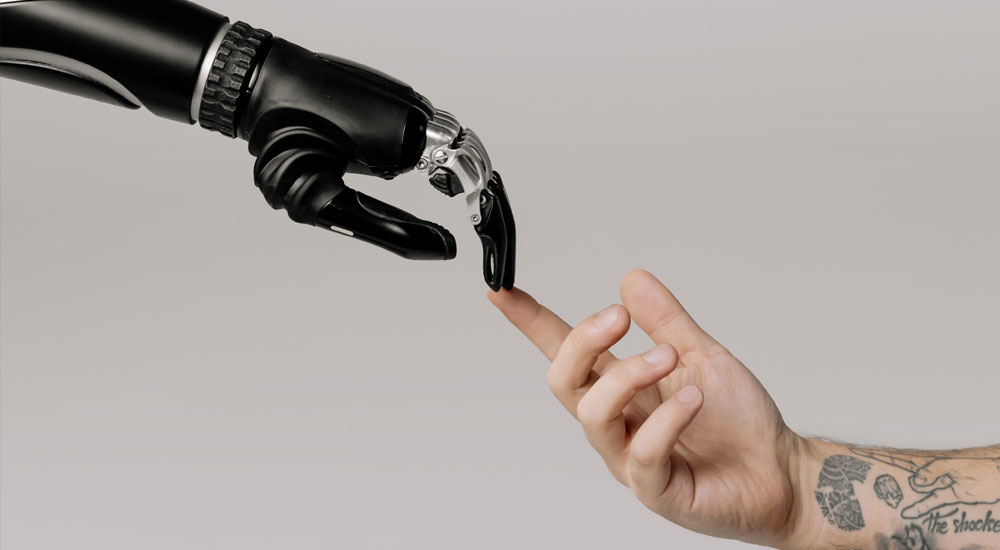How AI is helping Industrial Design Companies Design and Innovate
AI is playing a significant role in helping industrial design companies enhance their design processes and drive innovation. Here are several ways in which AI is making an impact:
Design optimization:
AI algorithms can analyze vast amounts of data, including market trends, user preferences, and manufacturing constraints. By leveraging this data, AI can generate design options and provide recommendations for optimizing product designs. This helps industrial design companies create more efficient and innovative products that align with customer demands.
Generative design:
AI-powered generative design tools allow designers to input specific parameters and constraints, and the AI system generates multiple design alternatives. This process enables designers to explore numerous possibilities quickly and identify novel and unconventional solutions that may have been overlooked otherwise.
Virtual prototyping and simulation:
AI-driven simulation tools simulate the behavior of products and systems under various conditions, enabling designers to identify potential issues and refine their designs before physical prototyping. This saves time and resources while allowing designers to iterate more rapidly and explore different design iterations.
Natural language processing (NLP) for design research:
NLP techniques enable designers to extract valuable insights from vast amounts of textual data, including customer feedback, market research, and online reviews. By analyzing this unstructured data, AI can identify patterns, trends, and customer preferences, providing designers with valuable information for creating user-centered designs.
Human-computer collaboration:
AI can act as a design assistant, collaborating with designers in the ideation and creation process. AI algorithms can understand design goals, analyze design spaces, and provide suggestions or generate design elements based on user inputs. This collaborative approach enhances the creativity and productivity of designers and accelerates the design iteration process.
Design automation:
AI can automate repetitive and time-consuming design tasks, such as creating variations of designs, generating detailed drawings, or performing quality checks. By automating these tasks, designers can focus more on the creative aspects of design and allocate their time and skills to more critical and strategic activities.
Predictive analytics:
AI can analyze historical design and production data to identify patterns and predict future design trends. By leveraging this predictive capability, industrial design companies can anticipate market demands, customer preferences, and design trends, allowing them to proactively create innovative and competitive designs.
Overall, AI is revolutionizing the industrial design process by augmenting designers’ capabilities, accelerating design iteration cycles, and unlocking new avenues for creativity and innovation. By leveraging AI technologies, industrial design companies can stay ahead in a rapidly evolving market and deliver products that meet the needs and expectations of their customers.

Recent Comments